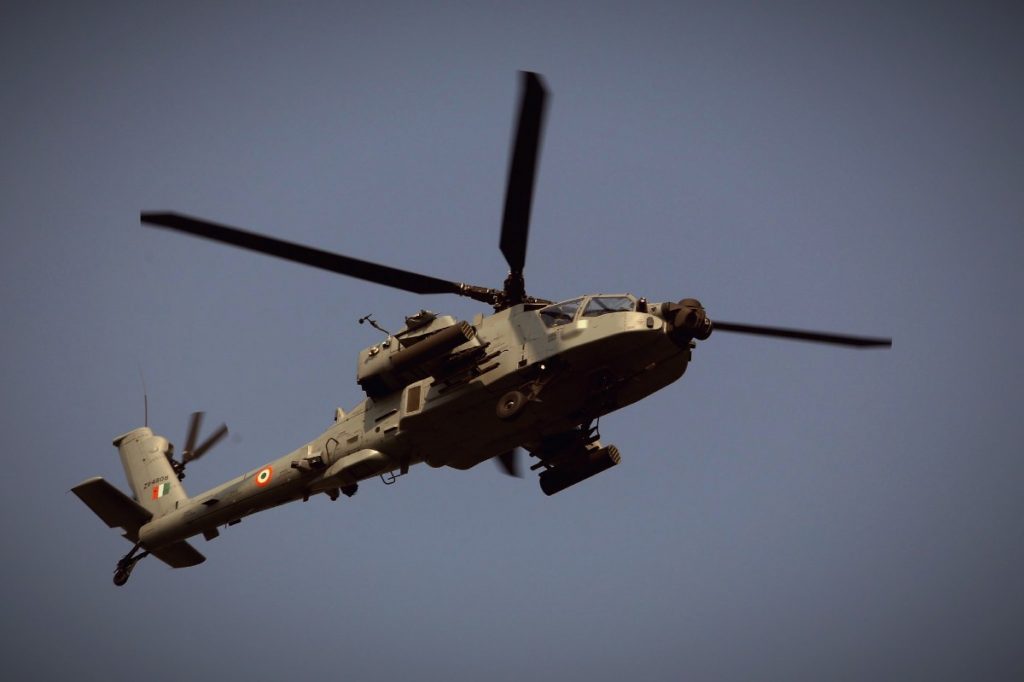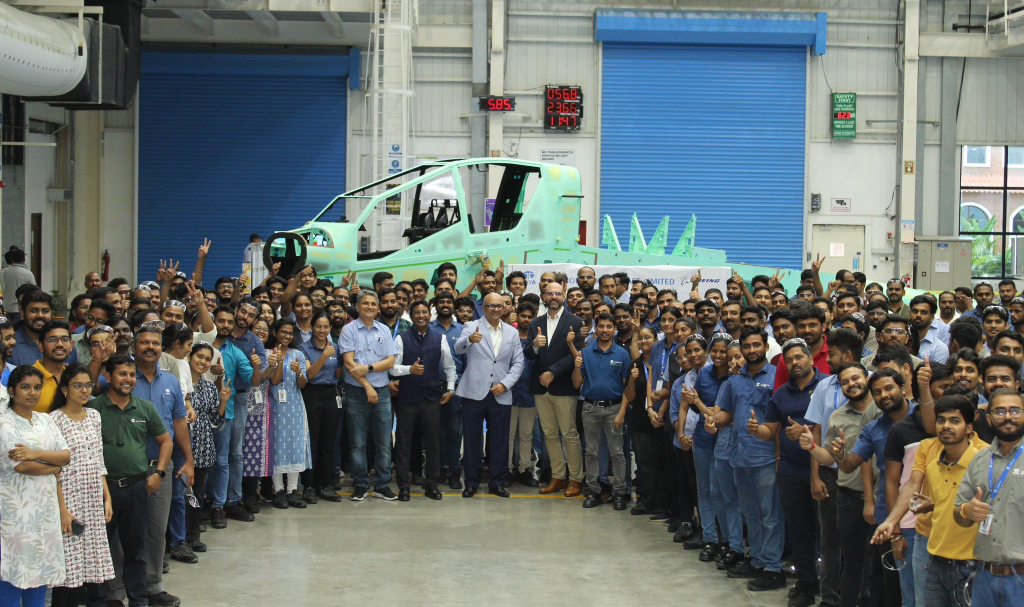
Did the Joe Biden Administration deliberately delay deliveries of six Boeing AH-64E Apache attack helicopters to the Indian Army as a diplomatic pressure tactic against India amidst the latter’s proximity to Russia and neutral stance over the Russia-Ukraine war?
As Prime Minister Narendra Modi heads to Washington for his first visit with President Donald Trump in his second presidency, Livefist learns that reversing what sources are calling ‘punitive powerplay’ by the Biden Administration’ will have top billing in conversations between the two sides.
On Feb 25, 2020, under the first Trump Administration incidentally, the Indian Army ordered 6 AH-64E Apache helicopters with delivery of all six slated for 2024. In March 2024, in anticipation of deliveries, the Indian Army raised the 451 Army Aviation Squadron to house the incoming Apaches. Now, a year later, not a single helicopter has arrived, with no official clarity on when deliveries will begin.
Top Indian government officers tell Livefist while supply chain issues have played a part in delays, India’s rising strategic proximity to the U.S. had thus far ensured not just on-time deliveries, but early deliveries in some cases. The officers say a distinct downturn in diplomatic ties in the shadow of the Russia-Ukraine war almost definitely saw Biden’s Pentagon turn the screws. In September 2024, a Hindustan Times report revealed that it was India’s ‘low ranking’ in a priority list of foreign customers was the reason for delayed deliveries of the helicopters.
What seems clear now is that frictions between the two governments starting in 2022 almost certainly resulted in the Biden Administration choosing to pull levers on that element of the India-US relationship — the defence trade — that has seen maximum continuity and consistency. While it is clear that talks were on between both sides to resolve the inexplicable ‘low priority’ flex against India, things weren’t completely resolved at the time that Trump won back the Presidency last year. Repairing the damage of the apparently punitive actions is now a top priority between India and Trump 2.0. The U.S. President appeared to signal an aggressive return to business as usual when, in his opening conversation with Modi in January, he specifically emphasised that he wanted to see India procure more U.S. security equipment.
Asked for a comment, a Boeing India spokesperson told Livefist, “We remain closely engaged with the U.S. Government and the Indian Army and continue working to execute our contract as swiftly as possible to meet the Indian Army’s fleet requirements. For any additional information, we defer to our customer.”
To be sure, Boeing doesn’t have a say in export priority lists. In June 2020, Boeing completed delivery of last 5 of 22 Apaches to the Indian Air Force on a 2015 order. If anything, the diplomatic friction hinder Boeing’s Apache plans in India. According an estimate reported in 2016, Boeing was looking at a total sale of at least 61 Apaches to the IAF and Army. The six Apaches ordered by the Army are from the 11 airframe options as part of the 2015 IAF deal on a 2009 price lock. Boeing’s projections at the time were 33 Apaches with the IAF and 28 with the Indian Army for a total fleet strength of 61 choppers.
The nature of punitive actions couched in ‘supply chain’ disruption rhetoric and priority lists, is especially serious considering they became a reality at a time when India had (and continues to have) a live conflict-like situation on its northern frontiers. In fact in June 2020, the Indian Air Force began forward deploying its Apaches to Ladakh, where the helicopters have been operationally deployed ever since.

What makes the delay in delivery of the Indian Army’s Apaches even more ironic is the fact that Apache fuselages are built in India by a Tata-Boeing joint venture, which recently delivered its 300th fuselage to Boeing. Five of the Indian Army Apache fuselages were built by Boeing’s previous supplier, with the first Indian-built fuselage rolling out in 2023.
The Trump administration has particularly prioritised relations with India, recognising the country’s potential to transform the Indo-Pacific region and serve as a key partner in countering China’s influence.
In line with this approach, recent developments indicate progress in defence collaborations. For instance, GE Aerospace secured a contract to provide sustainment services for the Indian Air Force’s AH-64E Apache helicopter engines this week, signaling a commitment to bolstering India’s defence capabilities. While the deal must have been under negotiation for a while, it signals that India wants things to move forward quickly.
There are also indications now that a stalled quest to order 6 more Boeing P-8I long range reconnaissance planes is also coming unstuck and could go through soon.
The multi-billion dollar deal for 31 MQ-9B Sea/SkyGuardian drones signed between India and the U.S. last October during the final days of the Biden Administration was the closing of a loop started under the previous Trump Administration — his was the government that overturned his predecessor administration’s (Obama) reservations on exporting armed drones to India.
As we recently reported, Trump’s brand of diplomacy is a paradox — it will bring clarity on immediate hurdles, but carries with it an aggressive lack of predictability going forward. And while India works to iron the wrinkles, there’s a hot road ahead.
